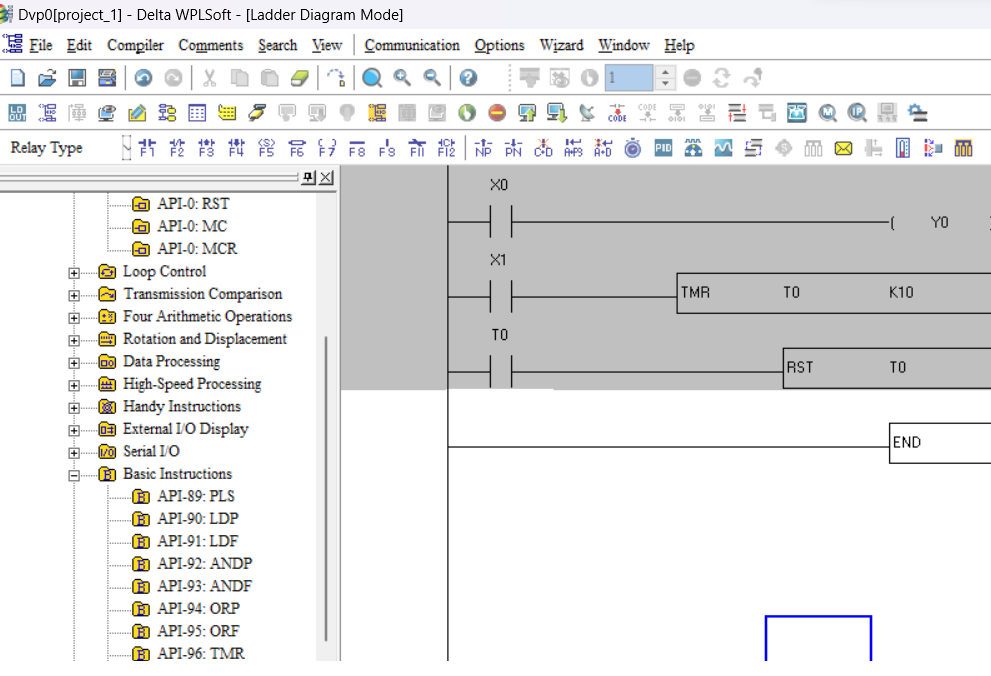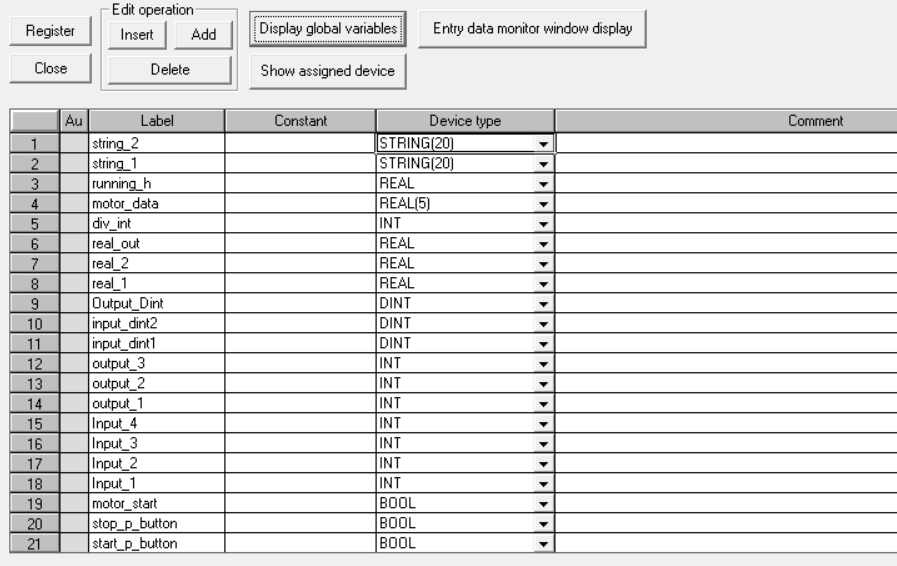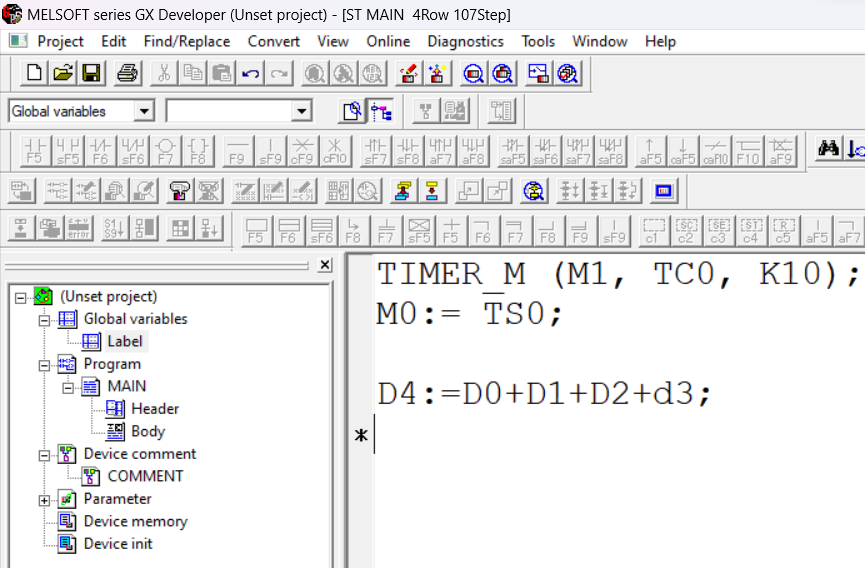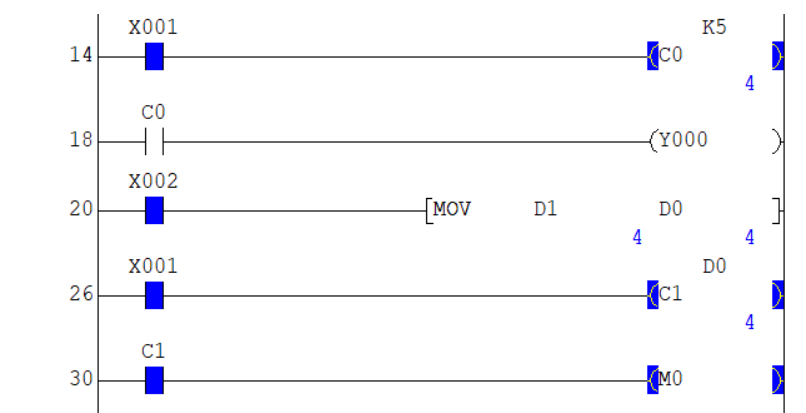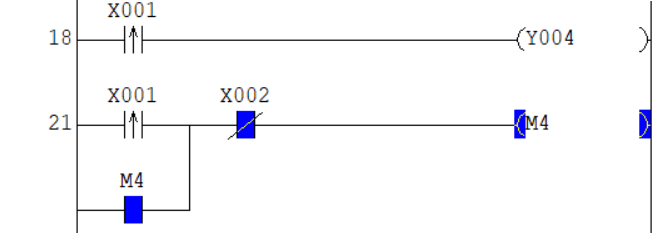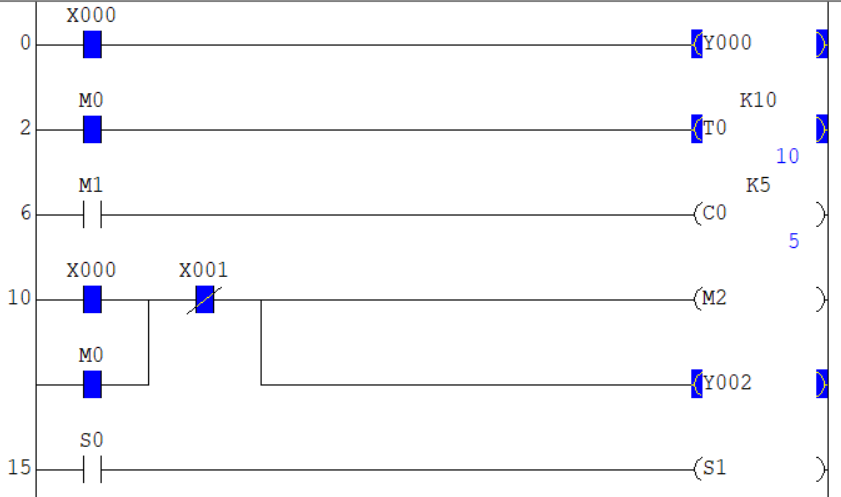Share on Facebook
Share On Twitter
Share on LinkedIn
Share on Whatsapp
 language in your CCW project.png)

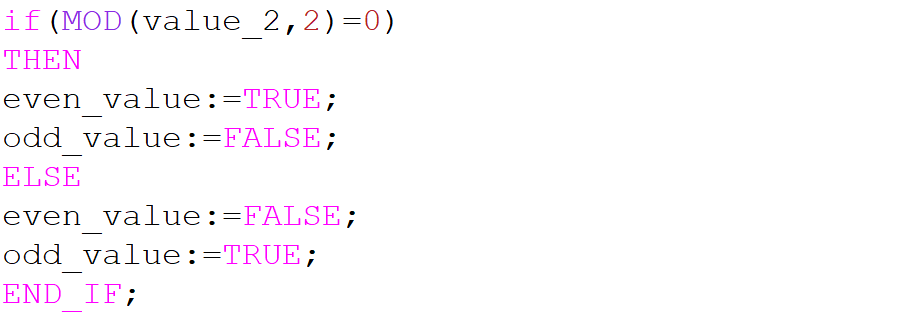

Logical Operator Used For Perform Multiple Conditions Expressions. It Also Combine Multiple Relational Operators, The Result Of A Logical Operation Is A BOOL Value (True And False).In PLC Programming Structured Text , There Are Four Logical Operators: And(&) Logical Operators, OR Logical Operators, XOR Logical Operators And NOT Logical Operators. Logical Compare Element-By-Element With Logical true Or false. in structured text have following logical operator

Relational Operators in Structured Text It Perform Comparison of Two Values or Strings and Provide a Result in the Form of True or False. The Result Of A Relational Operation Is A BOOL Value. these operator are as follows
Connected Components Workbench Structured Text (ST) language | Micro800 Structured Text (ST) language
Structured Text is a high-level programming language like c++, c# etc. The Structured Text Language used for making a program for complex process. Structured text language is statement and conditional based language where you define your function to run a process. Ladder language is graphical representation while structured text language is a textual based programming language. micro 800 plc used Connected Components Workbench software for developing it's logic so we use same software for making a program in Structured text for micro 800 plc.
ADD Structured Text (ST) language in your CCW project
open Connected Components Workbench and create a project, add controller configuration (you can add controller latter) create a project. if you new in connected component workbench than find link below how to make a simple program.
after creating a project. in project organizer right click on a program and add a program and selece structured text as your programming language.
 language in your CCW project.png)
create a simple program in structured text for micro 800 plc
now open the program so your structured text editor will open before making a program add some variable or you can add variable when you make a program. in below example of structured text programming language simply pass value from one tag to another tag. in second example of micro 800 plc any value converted into real value;

Conditional statment in structured text language
in below example we use a conditional statement like if else. for more information about conditional statement and other statement all link below the article. so in this example we make a simple program in structured text for finding a even or add value so we use a MOD instruction. Modulo Divide (MOD) Is A Arithmetic Operation That Finds The Remainder When One Value Is Divided By Another Value. so if the remainder is zero than value is even otherwise value is odd.

complex arithmetical program example in structured
Structured Text Arithmetic Operators Perform Mathematics Operation Of Non-Boolean Value, Structured Text Arithmetic Operators Follows The Standard Mathematical BODMAS (Brackets, Order, Division, Multiplication, Addition, Subtraction) Rules. structured mainly used for complex process so in this example we see. in ladder logic when we make a formula like temperature, process, production calculation so it take lot's of block but in structured text it's a very easy. Below example shows how structured text help in complex arithmetical program.

Micro 800 Structured Text Logical Operators
Logical Operator Used For Perform Multiple Conditions Expressions. It Also Combine Multiple Relational Operators, The Result Of A Logical Operation Is A BOOL Value (True And False).In PLC Programming Structured Text , There Are Four Logical Operators: And(&) Logical Operators, OR Logical Operators, XOR Logical Operators And NOT Logical Operators. Logical Compare Element-By-Element With Logical true Or false. in structured text have following logical operator
- Micro 800 Structured Text And Logical Operators
- Micro 800 Structured Text OR Logical Operators
- Micro 800 Structured Text XOR Logical Operators
- Micro 800 Structured Text NOT Logical Operators

